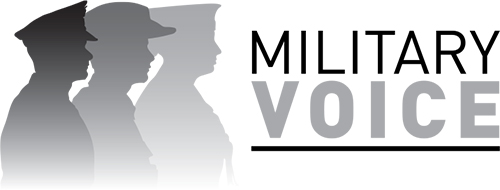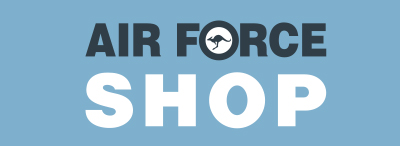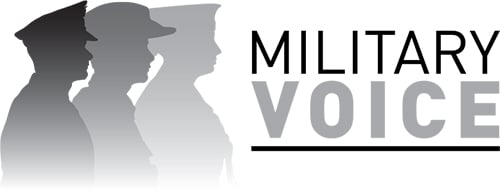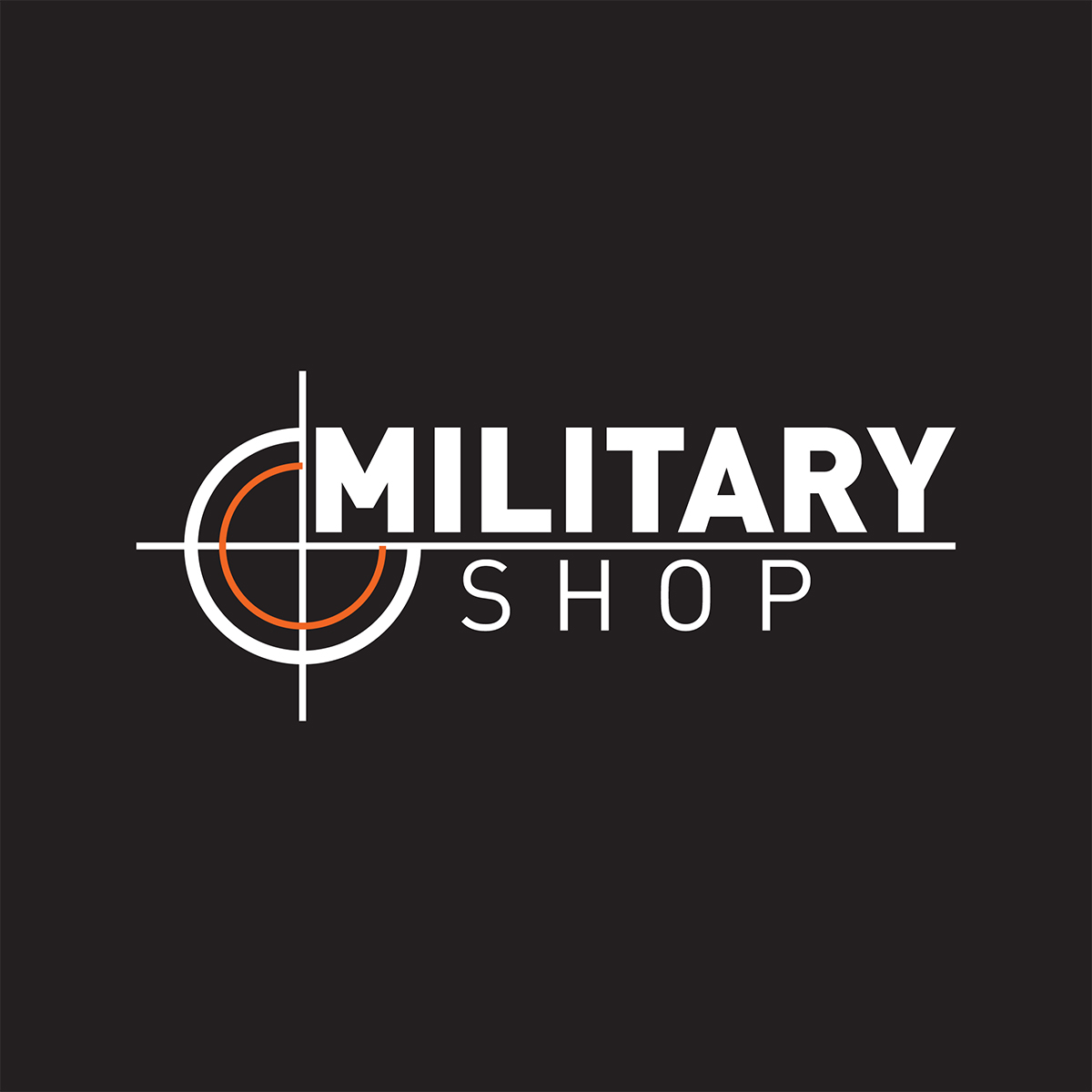Image: Collection of Great War Bears, meet the entire family and read their individual stories here
A series of beautiful uniformed Great War Bears, released for the Anzac Centenary, are winning the hearts of Australians young and old, while also helping today’s diggers and their families.
Each AGW bear is lovingly crafted to represent the distinctive uniforms worn by Australians during the Great War so to provide an engaging and educational means by which people can connect to history.
Lindsey Davie of Australia in the Great War says the teddy bear was selected to wear Australia’s uniforms ahead of a native marsupial because of the historical links between teddy bears and the Great War of 1914-1918.
“The outbreak of the war in 1914 had a marked impact on the humble teddy bear,” Ms Davie said. “Until the war most of Europe and England's Teddy Bears were sourced from Germany, but with supplies cut off English manufacturers stepped up to the challenge of supplying the Empire’s children with the basic comfort of a friend in a time of hardship and family separation.”
“In the process they added a much softer English flavour to the Teddy Bear. Toy bears have changed much over the past century but they remain a symbol of affection and hope. The Great War Bears have been directly modelled on one of these softer English designs used a hundred years ago. Australian servicemen would have seen these toys while in Europe, especially while on leave or in hospitals in England.”
The detail in each bear’s uniform is guided by leading military historians, including the late Graham Wilson, author of ‘Dust, Donkeys and Delusions’, ‘Bully Beef and Balderdash’ and ‘Accommodating the King’s Hard Bargain’ .
An example of the historical perfectionism is the arduous research put in to securing actual vacant A.I.F. service numbers for the bears’ identity tags. These service numbers were allocated during the Great War but not all allocated numbers were used, often because recruits had a change of heart about serving or circumstances changed. Great lengths also went into ensuring names accurately reflected the times while also avoiding using the names of any actual diggers who served.
The collection started in 2014 with the unique Private Murray, the Diggers’ Bear, to mark the beginning of the Anzac Centenary. Private Murray wears the 1912 design uniform worn by diggers in Europe and in the Middle East topped by the distinctive Australian Commonwealth Military Forces slouch hat proudly worn by the Australian Army since 1903. His uniform displays the white over green colour patch of the 4th Battalion. This battalion formed part of the 1st Brigade of the 1st Division and during the war fought at Gallipoli and in the trenches of the Western Front.
Successive Great War Bears have been met with affection, especially amongst descendants of Anzacs who served in the particular battalions or specialisations represented by each bear. For example Corporal Cohen wears the standard dismounted troops' uniform and webbing but with trousers cut to shorts in the Gallipoli summer. His white armbands and back patch were worn to help diggers identify 'friendly' soldiers in the heat of the battle at Lone Pine. Private Harvey, the Gallipoli Centenary Bear, wears the standard A.I.F. webbing, complete with water canteen, bayonet and helve (the handle for his entrenching tool).
By popular demand the collection also includes bears that represent specialist roles such as Private Thomas, the Gallipoli Stretcher-Bearer Bear, who simply wears the standard uniform and a Field Dressing Haversack. Medics didn't wear the standard webbing; rather they had only a leather belt and the haversack. By contrast Trooper Jones, the Light Horse Bear, represents the ornate uniform of the light horse, right down to an actual emu plume in his hat. Jones’s colour patch represents 5 LH Regiment, which was raised in Queensland in September 1914 and fought at Gallipoli and then with the ANZAC Mounted Division in the Middle East.
One of the most widely anticipated AGW bears was Sister O'Meara, the Nurse Bear. Her uniform represents the 'working dress' of the Australian Army Nursing Service and includes zephyr grey dress with white collar, white veil and scarlet cape; her rank of Sister is shown by the stars or 'pips' worn on her epaulettes, which are accompanied by curved bronze 'AUSTRALIA' titles. She wears the Rising Sun badge at her throat as a brooch and the cloth badge of the Australian Army Nursing Service is displayed on her right sleeve.
Ms Davie said Australia in the Great War had donated 10 per cent of all wholesale and retails sales, including bears and other collectables, to support the veterans’ charity Soldier On.
“In the first year of the Centenary support for AGW raised more than $250,000 for Soldier On and their work with today’s diggers wounded, emotionally and physically, in current wars,” she said. “In 2016 Soldier On has adopted the AGW bears as the symbol of a national campaign to raise much needed funding and awareness to support even more veterans and families battling the impacts of PTSD. For this campaign we are proud to donate all profits from bears directly to Soldier On.”
The Great War Bears will continue to be lovingly designed and manufactured throughout the Anzac Centenary and with Soldier On we will help people share history while saving lives of today’s diggers.








Leave Comment